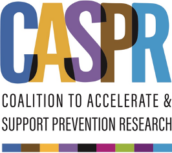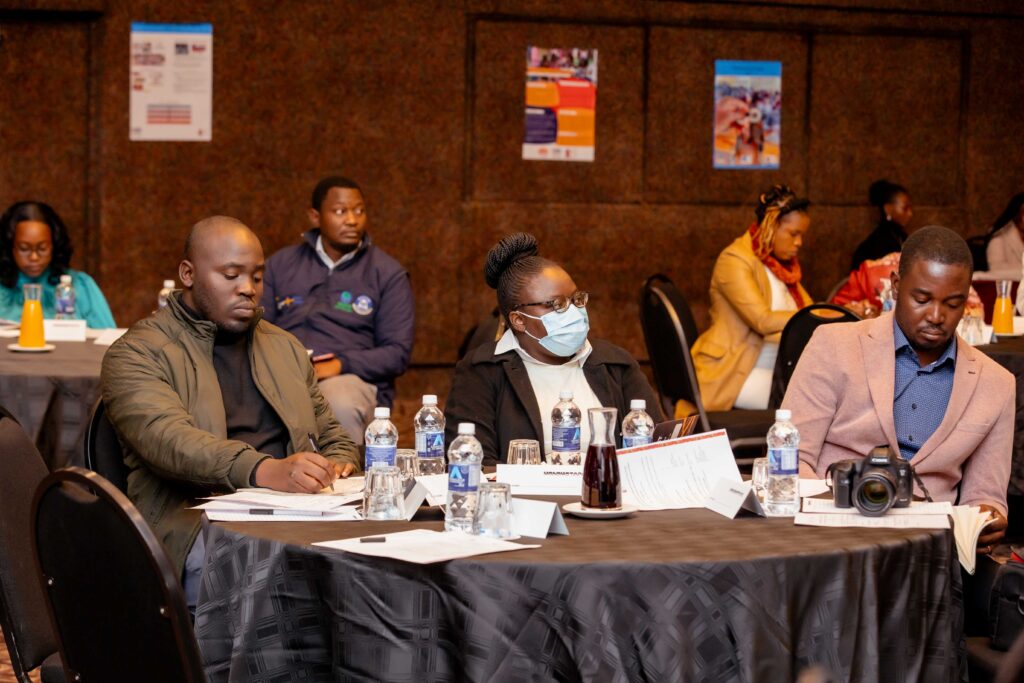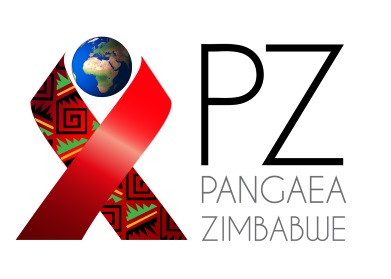
PROJECT OVERVIEW
Pangaea Zimbabwe (PZ) in CASPR operates across three major pillars: advocacy and policy, research preparedness, and research translation. The scope includes advocacy for biomedical HIV prevention interventions and engaging stakeholders such as civil society organizations, government ministries, and educational institutions. Pangaea Zimbabwe (PZ) has played a significant role, focusing on capacity building, advocacy, and HIV prevention service delivery for Adolescent Girls and Young Women (AGYW) and Pregnant and Lactating Populations (PLP).
Main Objectives
The CASPR project is focused on advocacy for biomedical HIV interventions in the pipeline from research to rollout and brings together experienced partners committed to a collaborative movement for responsive HIV prevention research. CASPR activities fall into three major pillars of activities – advocacy and policy, research preparedness, and research translation
Scope of work
The project aims to strengthen and expand the Monitoring, Evaluation, Reporting, and Learning (MERL) systems of the CASPR initiative. This will build on the revisions made to the Performance Management Plan (PMP) during Year 5, ensuring that MERL systems are better aligned with the initiative’s evolving goals. The scope of work includes enhancing data collection and reporting mechanisms, improving the quality and accessibility of performance data, and fostering a culture of collaboration and ownership within the Coalition. The project will prioritize the integration of MERL data into decision-making processes, ensuring that insights gained are effectively used to inform strategic and operational decisions. This approach will drive continuous learning, adaptive management, and greater accountability across the Coalition.
Target Population
All CASPR Partners
Geographical areas
- Masvingo Province,
- Matabeleland South
- Harare
- Chitungwiza
- Mashonaland Central
- Bulawayo
Results
- The use of SPARC and COAT have strengthened the capacity of partners to take the lead in identifying their outcomes.
- At coalition level, documentation of coalition outcomes that link with the objectives. · These tools have enabled the collective harvesting of outcomes from a Contribution instead of an Attribution perspective thus highlighting the change that these diverse partners have brought about through their work.
- An improvement in focusing on outcomes in using the CASPR MERL Advocacy Handbook in their advocacy activities was observed.
- By demonstrating the positive impact of partners` collective efforts, MERL has strengthened collaboration and cooperation among coalition partners


Outcomes
Community Health Milestone: Ministry of Health Endorses CASPR HIV Prevention Manual The Ministry of Health and Child Care (MoHCC) endorsed the HIV Prevention Manual for Pregnant and Lactating People, a significant milestone that allows the manual to be disseminated across communities. PZ facilitated a review, and stakeholder feedback from the Ministry, ensuring it becomes a trusted HIV prevention resource. Training of Mentor Mothers Six mentor mother trainings were held, ensuring mentor mothers can share information on HIV prevention products like Oral PrEP, Dapivirine rings, and injectables in their communities, empowering pregnant and lactating individuals to make informed decisions about their health. HIV Prevention Champions in Tertiary Institutions HIV prevention champions became more visible through WhatsApp, face-to-face interactions, and Life Skills mass lectures. The inclusion of Adolescent Boys and Young Men (ABYM) in PrEP referrals has increased engagement in HIV prevention services in five college clinics.
